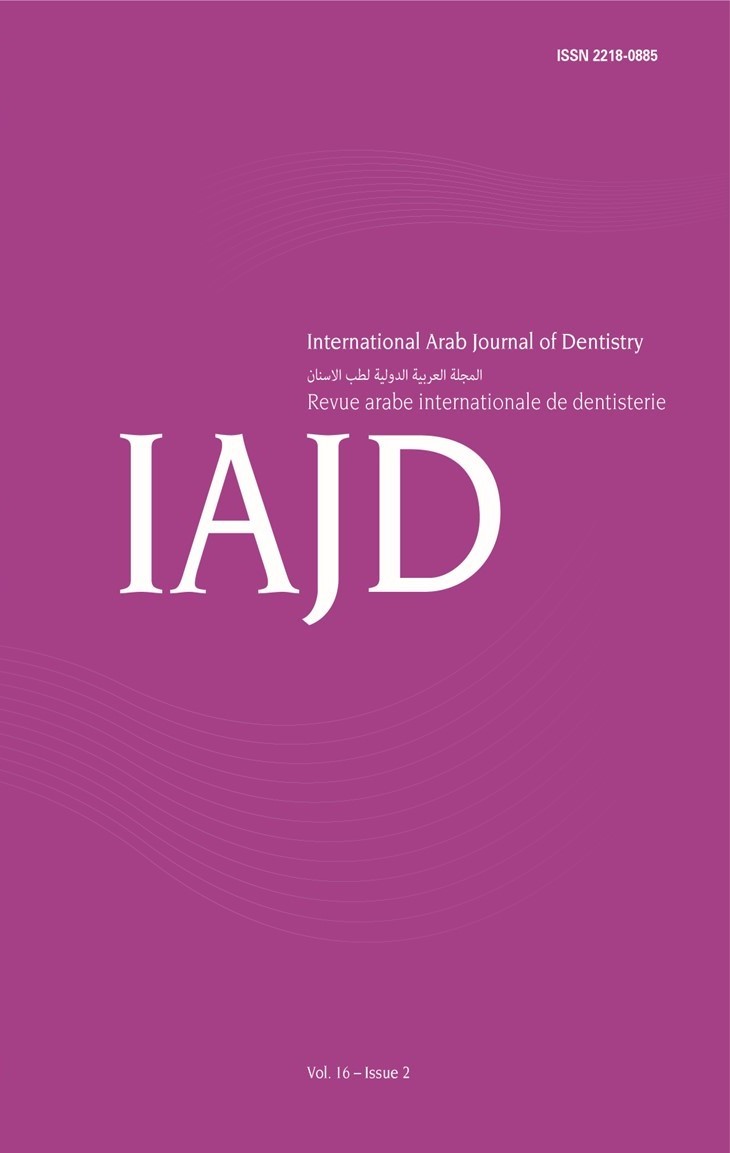Abstract
Introduction: Non-surgical retreatment is a conservative approach for managing recurrent endodontic infections requiring efficient removal of obturating material while preserving dentin. Retreatment file systems, through their design and function, play a vital role in ensuring effective cleaning and minimal structural compromise.
Methods: Forty-five extracted mandibular molars were decoronated and obturated at a standardized root length of 16 mm in both mesial canals. Samples were divided into three groups (n = 15): Group 1 – SoliteRS3, Group 2 – Dentsply Protaper Universal Retreatment Files, and Group 3 – Neoendo Retreatment Files. Pre- and postoperative CBCT scans were used to assess remaining dentin thickness, canal centering ability, and centering ratio. Data were analyzed using one-way ANOVA and post hoc Tukey tests (p < 0.05).
Results: There was a statistically significant difference among the three file systems in all evaluated parameters (p < 0.05). SoliteRS3 showed better dentin preservation and superior centering ability.
Conclusions: SoliteRS3 files demonstrated superior dentin conservation and canal centering, making them a favorable choice for endodontic retreatment.

